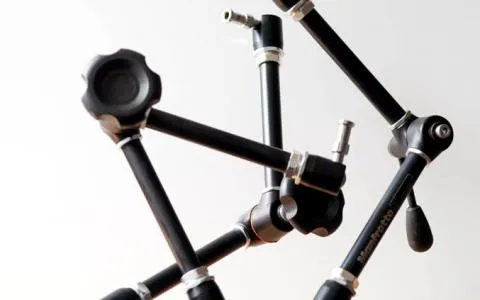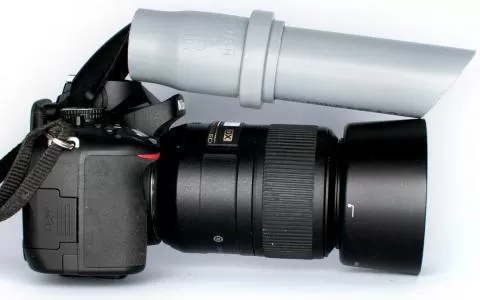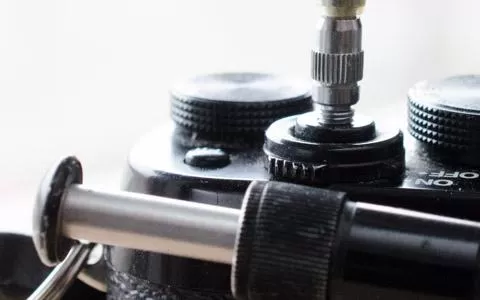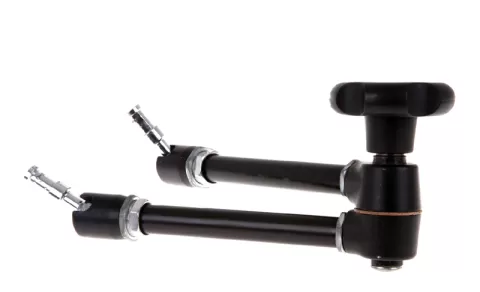I remember back when cameras didn't use batteries... that's a long time ago.
Battery technology has come a long way. When I bought my first camera that really required batteries -- the Dynax 7000 AF -- I just used standard AAA-cells. They lasted quite a while, and I had no problems with that. They were a bit on the expensive side, and I did time to time exchange them for some NiCad cells that we had for bike lamps, but honestly: the alkaline batteries were much better.
This has changed a lot. During the period where I have used my Dynax 7D I have switched completely to the new, intelligent NiMH-type of batteries, and used the kind specially made for the camera almost exclusively. These cells are so much better, last longer, charge faster and are not that expensive if you buy them the right places.
The Nikon D200 comes with Nikon's own EN-EL3e batteries, which have built-in logic that can provide the camera with a lot of information such as power level, recharge cycles and expected battery life-span. Very nifty. But at the same time the batteries have a power rating of 1500 mAh at 7.4 volts, which seems just a bit less than adequate for the D200. I'm glad I have the vertical grip, which can hold two. 1500 mAh isn't much if you ask me, and while I'm used not to worry about the battery level on the 7D, I am a bit more observant regarding the remaining power in the D200 batteries.
Anyways, the vertical grip also takes six standard AAA-cells like in my Dynax 7D, and I have plenty spare power in case of flat cells.
My SB-800 flash uses the same type of AA-cells as did my Milolta HS5600. So I have chargers and cells in large numbers, and will be able to go for more than one day of shooting without getting to a plug. Should all come to all, then ordinary alkaline batteries could replace any recharcheable cells.
But under all circumstances... gone are the days where even the most electronic camera would have a mechanical mode, where it could take pictures in a tight spot.




